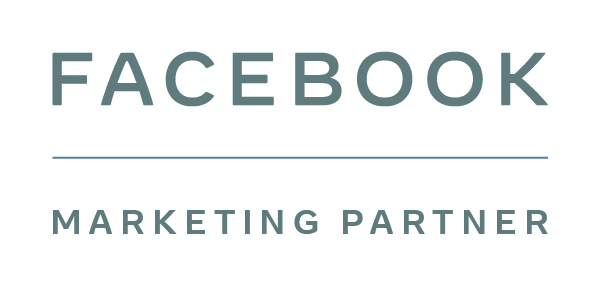How to optimise your ecommerce homepage from a UX perspective
My daughter was born almost nine years ago – crazy how that time has flown – nearly a decade in the blink of an eye. It was around this time that as a new dad, I was working as a Digital Designer for a large UK-based ecommerce company.
It was there I first became aware of the inherent redundancy of the good old fashioned Rotating Home Page Banners (carousel).
Panic on the Home Page
One day, the offer code on the second Home Page Banner was incorrect and the Marketing Dept was mortified. Panicked, I amended the artwork as soon as possible to appease them and changed it on the site.
Phew! Crisis averted… right? Well, not really. You see, there was no crisis as such. That lunch, I relayed this story to the in-house developer, and he uttered the immortal line: –
“It doesn’t matter, nobody looks at them anyway”
John Doe – Web Developer
Sceptical, I questioned his statement. And, in that way that only developers can, he wearily and nonchalantly showed me the stats and sure enough, it was all there in black and white.
After the initial banner nobody interacted with these genius works of art. Regardless of copy/offer/order/size, and not to mention my incredible designs.
I had unwittingly been introduced to the wonderful world of Banner Blindness:
“Banner blindness is a phenomenon in web usability where visitors to a website consciously or unconsciously ignore banner-like information.”
I, of course, told everyone that would listen about this ground-breaking discovery. Surely this information would revolutionise the company, nay, ecommerce as we know it! Alas, it was not to be.
Not All Banners Are Bad
Before I go on, I’m not completely against banners/headers on websites per se. It’s multiple rotating banners I’m talking about.
Why? Simply put: Users Mostly Ignore Banners After the First One and the CTU Is Always, Always, Always Poor
Research by Erik Runyon at Notre Dame showed that a staggeringly low 1% of users clicked a feature. Of those, 89% were the first banner. That’s only 1% of clicks for the most significant object on the home page!
All that hard work by marketing, design, the devs – meetings and meetings about which order the banners should be in, when should a banner come off or go on…
Speed & Simplicity
Oh, and did I even mention how much rotating banners impact site speed? Or how cumbersome they are on mobile?
All this time and effort for such poor returns.
“Everybody has multiple rotating banners! We need all our offers clearly visible on the Home Page! The CEO wants it on the Home Page!”
– People who love rotating banners
The problem is, because of the ingrained history of rotating web banners, people have used them previously, people are used to them, people expect them. And people don’t like change.
Put it to the A/B Test
A few years later I was at another ecommerce company that was a little more forward-thinking. As much as I’d like to take credit for it, it was the then-ecommerce manager who suggested split-testing the theory of getting rid of the rotating carousel.
The test was as follows:
A. 50% of the Home Page Users would see the existing multiple rotating banners
B. 50% of the Home Page Users would see ONE static banner, leading to the most important category on the site
Unsurprisingly the static banner won out by a huge margin, the CTU on this image was vastly higher.
Basically, we listened to the user and the user responded by navigating the site in a more straightforward and positive fashion. As such, sales increased on all devices, and we were heroes.
Trust the data
From this point on, I’ve continued to fight the good fight. Every place I’ve worked at, I’ve passed on this knowledge, tested the theory and eventually the stats won out.
This, ultimately, is the beauty of designing in the digital realm today: using numbers, using results, testing, retesting, and acting upon this data.
Solving problems creatively, by using the numbers in front of you.
Reactive design based on data is the future. Opinions will always be around, educated guesses will come in handy on occasion, but when it comes down to it… If users react more positively to Option A than they do to Option B and it’s been proven by trusted testing, then it’s time to put opinion and tradition aside and go with the stats.
And what do the stats prove? They prove that the rotating banner is dead.
But don’t just take my word for it, test it.
Discover how design can boost your performance
Our Usability & Conversion consultants are the experts in UX/UI, CRO and usability testing. If you need further advice on what design tweaks, changes and refreshes can be done to your site in order to boost sales, get in touch with Fluid Commerce today.





